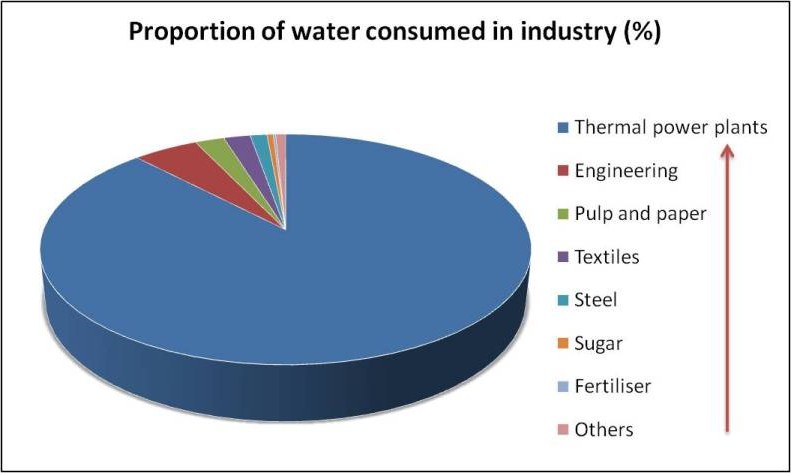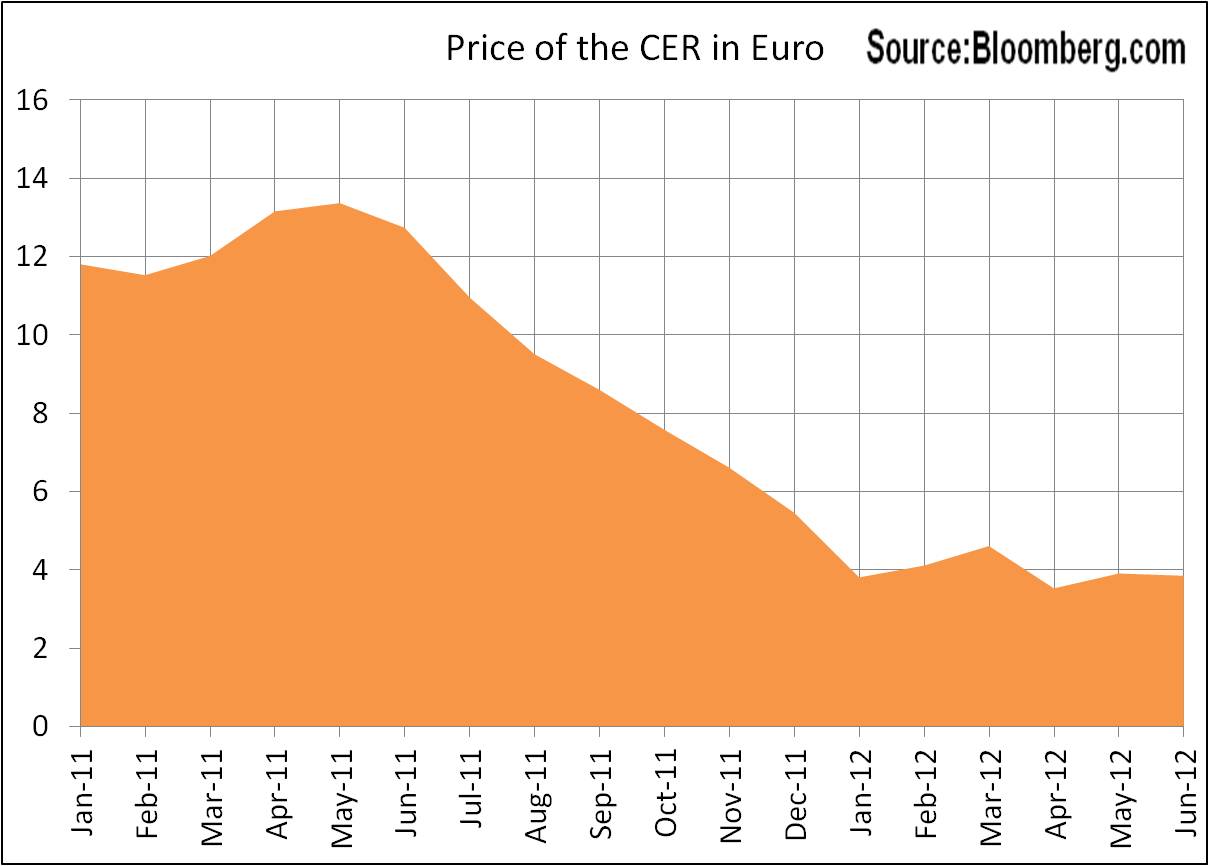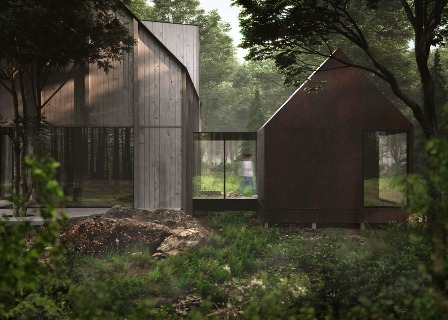Three primary rating systems for Green buildings in India

For the past few years, the word ‘Green Buildings’ is continuously hogging limelight in the media. Some of us might have seen the Confederation of Indian Industry (CII) – Green Business Centre building in Hyderabad which is one of the green buildings in India. Now the question comes up – what exactly are these structures? How are different from other buildings? And why are they green?
We can define Green Buildings as structures that ensure efficient use of natural resources like building materials, water, energy and other resources with minimal generation of non-degradable waste. Technologies like efficient cooling systems have sensors that can sense the heat generated from human body and automatically adjust the room temperature, saving energy. It applies to lighting systems too. Green buildings have a smarter lighting system that automatically switches off when no one is present inside the rooms. Simple technologies like air based flushing system in toilets that avoids water use by 100%, Use of energy efficient LED’s and CFL’s instead of conventional incandescent lamp, new generation appliances that consume less energy, and many other options help in making the buildings green and make them different from conventional ones.
What is Green building certification and why is it required?
Whether Green buildings are really green is to be decided against the predefined rating systems. There are three primary Rating systems in India.
- GRIHA
- IGBC
- BEE
Green Rating for Integrated Habitat Assessment (GRIHA)
Green Rating for Integrated Habitat Assessment (GRIHA) is India’s own rating system jointly developed by TERI and the Ministry of New and Renewable Energy, Government of India. It is a green building design evaluation system where buildings are rated in a three-tier process. The process initiates with the online submission of documents as per the prescribed criteria followed by on site visit and evaluation of the building by a team of professionals and experts from GRIHA Secretariat. GRIHA rating system consists of 34 criteria categorised in four different sections. Some of them are – ( 1) Site selection and site planning, (2) Conservation and efficient utilization of resources, (3) Building operation and maintenance, and (4) Innovation. (Know more about the criteria for the GRIHA rating system)
Commonwealth Games Village, New Delhi, Fortis Hospital, New Delhi, CESE (Centre for Environmental Sciences & Engineering) Bldg, IIT Kanpur, Suzlon One Earth, Pune and many other buildings has received GRIHA rating (Know about more such buildings here).
Indian Green Building Council (IGBC)
The Leadership in Energy & Environmental Design (LEED) is the rating system developed for certifying Green Buildings. LEED is developed by the U.S. Green Building Council (USGBC), the organization promoting sustainability through Green Buildings. LEED is a framework for assessing building performance against set criteria and standard points of references. The benchmarks for the LEED Green Building Rating System were developed in year 2000 and are currently available for new and existing constructions.
 Confederation of Indian Industry (CII) formed the Indian Green Building Council (IGBC) in year 2001. IGBC is the non profit research institution having its offices in CII-Sohrabji Godrej Green Business Centre, which is itself a LEED certified Green building. Indian Green Building Council (IGBC) has licensed the LEED Green Building Standard from the USGBC. IGBC facilitates Indian green structures to become one of the green buildings.
Confederation of Indian Industry (CII) formed the Indian Green Building Council (IGBC) in year 2001. IGBC is the non profit research institution having its offices in CII-Sohrabji Godrej Green Business Centre, which is itself a LEED certified Green building. Indian Green Building Council (IGBC) has licensed the LEED Green Building Standard from the USGBC. IGBC facilitates Indian green structures to become one of the green buildings.
IGBC has developed the following green building rating systems for different types of building in line and conformity with US Green Building Council. Till date, following Green Building rating systems are available under IGBC; (more information here)
- LEED India for New Construction
- LEED India for Core and Shell
- IGBC Green Homes
- IGBC Green Factory Building
- IGBC Green SEZ
- IGBC Green Townships
Some examples of LEED rated building in India
| Sr. No | Green Buildings | Rating received |
|
1 |
ABN Amro Bank N.V., Ahmedabad | LEED ‘Platinum’ rated |
|
2 |
American Embassy School, Delhi | LEED ‘Gold’ rated |
|
3 |
Anna Centenary Library Building, Chennai | LEED ‘Gold’ rated |
|
4 |
Biodiversity Conservation India Ltd (BCIL) – Bangalore | LEED ‘Platinum’ rated |
|
5 |
Birla International School, Jaipur | LEED ‘Gold’ rated |
|
6 |
CII – Sohrabji Godrej Green Business Centre | LEED ‘Platinum’ rated |
|
7 |
ITC Green Centre – Gurgaon | LEED ‘Platinum’ rated |
|
8 |
Olympia Technology Park – Chennai | LEED ‘Gold’ rated |
|
9 |
Rajiv Gandhi International Airport – Hyderabad | LEED ‘Silver’ rated |
|
10 |
Suzlon Energy Limited – global headquarter in Pune | LEED ‘Platinum’ rated |
| Find more LEED rated building in India | ||
Bureau of Energy Efficiency (BEE)
BEE developed its own rating system for the buildings based on a 1 to 5 star scale. More stars mean more energy efficiency. BEE has developed the Energy Performance Index (EPI). The unit of Kilo watt hours per square meter per year is considered for rating the building and especially targets air conditioned and non-air conditioned office buildings. The Reserve Bank of India’s buildings in Delhi and Bhubaneshwar, the CII Sohrabji Godrej Green Business Centre and many other buildings have received BEE 5 star ratings. (Know more on BEE green buildings rating system)
Indians were aware of Green Building concepts from the beginning. Conventional homes with baked red colour roof tiles and clay made walls is a really good example of energy efficient structures that are used to keep cool during summers and warm during the winters. Most of rural India is still attached to this building technology with naturally available materials like clay, wood, jute ropes, etc. Today we have advanced technologies that create smarter systems to control inside temperature, lighting systems, power and water supply and waste generation. Green buildings might be a bit heavy on the pursebut are good for the environment. In this rapidly changing world, we should adopt the technology that helps us to save precious natural resources. This would lead us to true sustainable development.
References: GRIHA, IGBC,USGBC and BEE official websites
Read more on Innovative Building Materials in India: Need Sustainable Innovation
Related Posts
-
 First Ever BEE Five Star Label for a Shopping Mall
No Comments | Sep 3, 2013
First Ever BEE Five Star Label for a Shopping Mall
No Comments | Sep 3, 2013 -
 Water scarcity and India
41 Comments | Jul 19, 2011
Water scarcity and India
41 Comments | Jul 19, 2011 -
 Want to earn carbon credits but confused about the future of carbon markets?
7 Comments | Aug 6, 2012
Want to earn carbon credits but confused about the future of carbon markets?
7 Comments | Aug 6, 2012 -
 Beside Cabins, an architectural project at the juncture of nature and culture
No Comments | Jun 4, 2019
Beside Cabins, an architectural project at the juncture of nature and culture
No Comments | Jun 4, 2019
About The Author
Shailesh
Shailesh is post graduate in Environment Management from Forest Research Institute (FRI) University, Dehradun, India. Presently he is working in the areas of Environmental and Renewable Energy Advisory Services. He has started GreenCleanGuide.com during his college days.


Thanks for sharing post on rating Green building in India. I think it’s really helpful to those people which are interested in Green building projects in India.
Dear Sirs / Madam:
Please Give clarity, The AAA Fly Ash Blocks are qualify, as Green Building Material, as we are planning to Raise Green Bond For the Fly Ash Block Making Projects utilizing Fly Ash and converting in to Fly Ash Blocks, used for Construction High Rise towers in India, Please reply to Bharat Merchant CEO Urja Global ltd
am aaditya furcon private limited, we are all type of interior and architecture work, i want a geen building certificate, so what is the process,
You can prepare and give the LEED Green Associate or AP Exam. Please check more online at their website.
BEE is a Green Building rating system??!..
As far as I know, BEE is an agency of the Government of India, under the Ministry of Power. A program to increase conservation and efficient use of energy. It rates equipment’s based on energy efficiency (eg.: 5 star rated refrigerator) not buildings.
Currently, 3 major green building rating systems in India are:
1. LEED (USGBC)
2. IGBC (CII)
3. GRIHA (TERI)
All the above three rating systems run by each different authorities has its own method, credit & prerequisites of rating a building based on respective building typologies, functions and operations.
Nowhere does the article claim that the BEE is a rating system for buildings in India. The BEE did come up with an ECBC code (now merged into existing rating systems) and a star rating system for buildings too. Here is the link:
https://mnre.gov.in/file-manager/akshay-urja/march-april-2011/EN/BEE%20Star%20rating%20for%20buildings.pdf
the complete address of USGBC in Gurugram/ Gurgaon, India